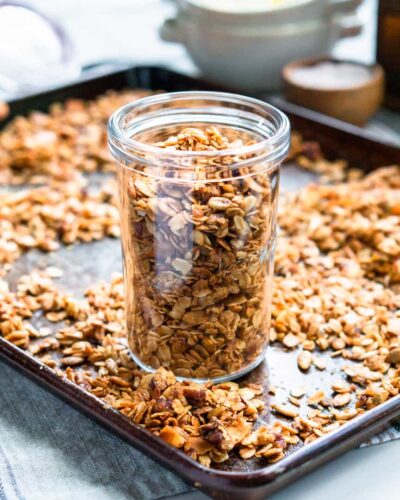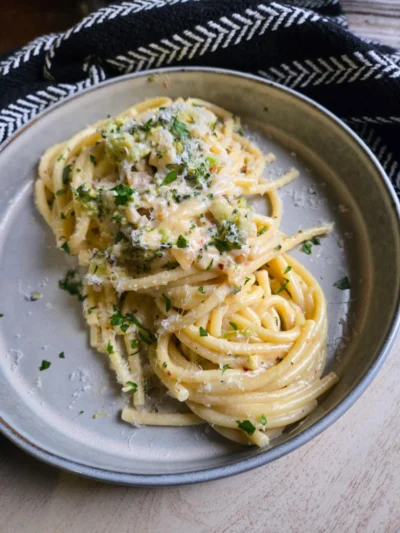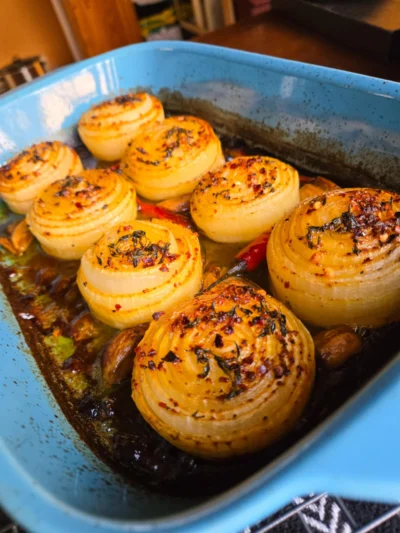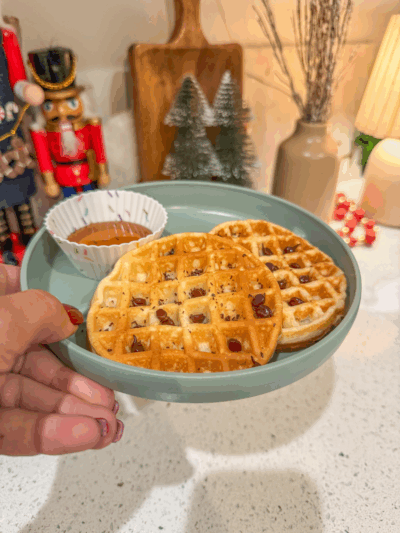
As a creator, my experience has been nothing but positive on FoodSocial. I have been a keto recipe creator since May of 2021 for FoodSocial and the support and opportunities I’ve received from the team has been EXCEPTIONAL! I am very happy to know that I was one of their top earning creators in 2022! Thank you for the opportunity for the extra exposure, and being a platform for written recipes for Keto Asian Flavours’ YouTube channel!
The platform hosts a variety of delicious recipes from gluten free to paleo, vegan, keto and more. No matter the dietary restrictions, there is always something for everyone. My YouTube subscribers appreciates the simplicity of the format after a detailed video tutorial. The recipes are to the point with one paragraph descriptions.
I look forward in being a creator for years to come. And hopefully one day, I can continue as both a creator and a brand.
Homemade Keto Egg Noodles
Ingredients
- 3 cups3 cups3 cups Water
- 3 Tbsp3 Tbsp3 Tbsp Egg Yolk Powder

- 2 Tbsp2 Tbsp2 Tbsp Lupin Bean Flour, (optional)

- 1/2 tsp1/2 tsp1/2 tsp Sea Salt

- 1/2 tsp1/2 tsp1/2 tsp Xanthan Gum

- 2 Tbsp2 Tbsp2 Tbsp Sodium Alginate

- 1/4 - 1/2 tsp1/4 - 1/2 tsp1/4 - 1/2 tsp Turmeric, (optional)

- 7 cups7 cups7 cups Water, filtered
- 1 Tbsp1 Tbsp1 Tbsp Calcium Lactate, or calcium chloride

- 3 cups3 cups3 cups Water, hot
- 2 Tbsp2 Tbsp2 Tbsp Lemon Juice

- 1 Tbsp1 Tbsp1 Tbsp Baking Soda

Calcium Bath
Noodle Softening Ingredients (per 1-2 serving)
Process
- Using a high speed blender, add filtered water and add the egg yolk powder, lupin flour (optional), sea salt, xanthan gum, sodium alginate, and turmeric into the container and blend on low speed.
- Increase to high speed and blend well until thoroughly mixed and mixture is thickened (about 3 minutes)
- Add mixture into a squeeze bottle.
- In a large bowl, add in the ingredients for the calcium bath and mix until dissolved and clear.
- Squeeze the mixture into the calcium bath while stirring the calcium bath in one direction and noodles will form.
- At this time, the inside of the noodles have not yet set. Leave the noodles in the calcium bath refrigerated overnight.
- When ready to use, remove the noodles from the calcium bath and transfer to a bowl.
- To soften the noodles, add hot tap water to a bowl with the noodles, then add the baking soda and lemon juice. There will be a chemical reaction. Wait 6-10 minutes depending on how the temperature of the hot water.
- Soften the noodles as desired, rinse a few times, and discard the water.
- Noodle is now ready to be used as spaghetti noodles or egg noodles.
Notes
In the video, I mistakenly mentioned using 3 Tbsp of sodium alginate. Please only use 2 Tbsp of sodium alginate.
























Leave a Reply
You must be logged in to post a comment.